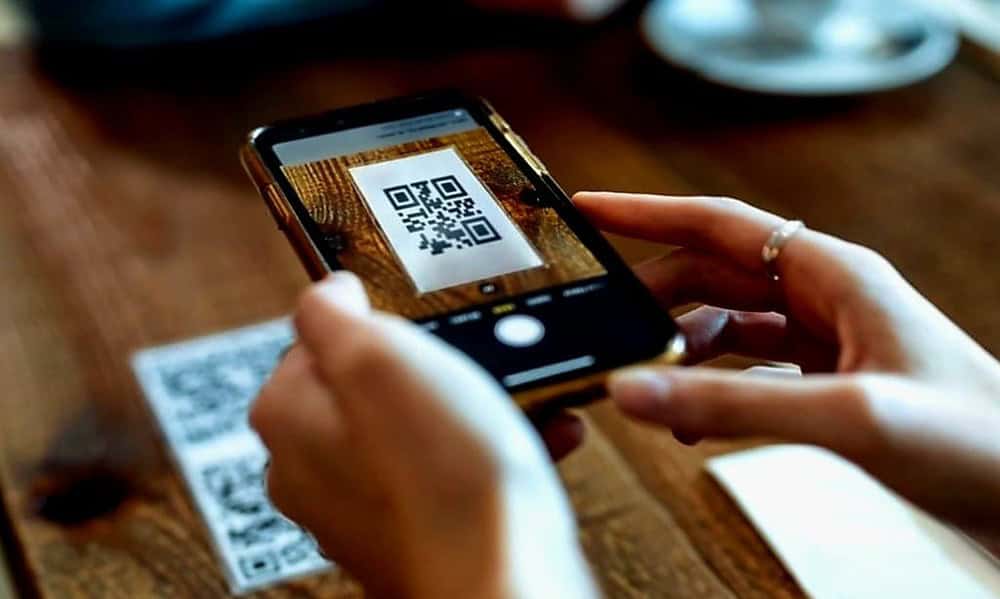A new type of scam has become popular in Cuba in recent months. It is stolen through QR code payment, which is widely used these days in connection with banking in the island. Following recent steps by the Cuban government in using the Enzona and Transfermóvil payment gateways, government and private businesses have adopted this payment system. According to the local newspaper Granma The most commonly used method of fraud is quishing, which is a combination of the word phishing and the acronym QR. This is precisely the concept of phishing attacks using QR codes.
In a hack with these characteristics, the code takes the user to a fake website. Once there, you’ll be asked to enter personal data, for example, usernames, passwords, and credit card numbers. There are many cases where QR can download malicious software onto the device without the owner realizing it.
This type of fraud is relatively new in Cuba, however, it is deeply rooted throughout the world. In fact, multiple reports from Check Point Software show a 587% increase in phishing incidents worldwide based on September and October 2023 data.
Tips for Avoiding Phishing Scams
The first thing to keep in mind is not to scan QR codes from unknown sources. If one arrives by mail or message, verify that the sender is legitimate. Automatically check the URL to make sure the address is as expected and, above all, uses HTTPS for connection security.
Another suggestion is to use a reliable QR scanner that detects and blocks malicious links. In the meantime, don’t forget to update your software in general. Never provide personal information to a fake or unverified site.
An important aspect is that you install a security solution, this way you can automatically avoid malicious downloads. Share every step taken for your safety with your family and friends. Finally, report suspicious attempts. For example, if you see a QR code as part of a phishing attempt, report it immediately.


:quality(85)/cloudfront-us-east-1.images.arcpublishing.com/infobae/BH6NLAQGXJGADFWTENBUV7Z7RQ.jpg)
:quality(85)/cloudfront-us-east-1.images.arcpublishing.com/infobae/3GK63ATFOMFAYNUAQKUL4WUJFM.jpg)

:quality(85)/cloudfront-us-east-1.images.arcpublishing.com/infobae/SJ35ZLSJ5NB4BWVRJPSK74P7AQ.jpg)